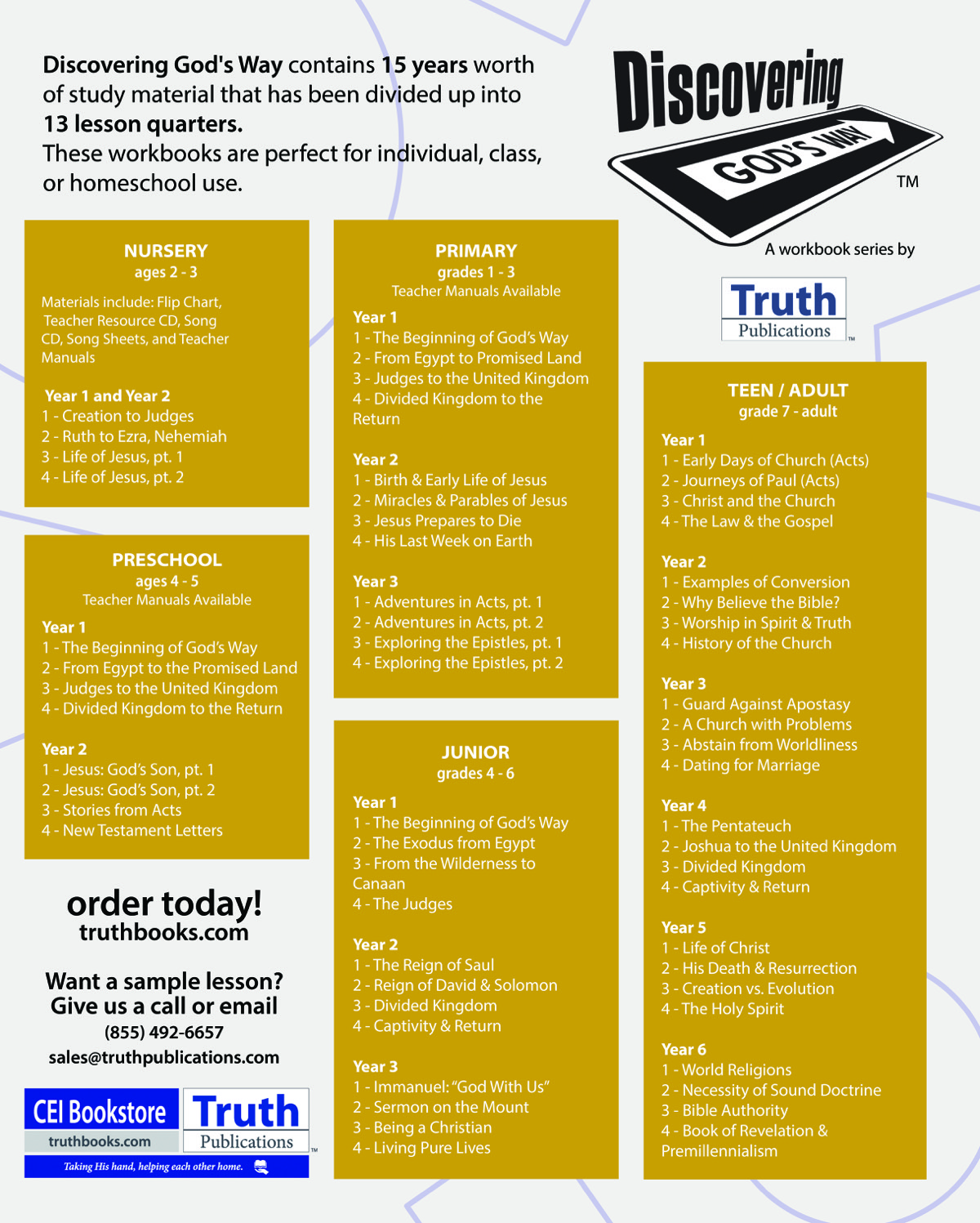
by Luke Chandler
Archaeology leads us to update our assumption of the cubit and offers an important reminder for Christians.
How long is a cubit? Different regional standards existed in the Ancient Near East, but most of us may recall hearing a biblical cubit to be around 18 inches (or 46 centimeters [cm]), derived from the typical distance from the elbow to the tip of the longest finger on a grown man. This definition, probably taken from an old dictionary, has been passed down in churches for generations. Yet more than a century of extensive archaeology shows the cubit used in Canaan, from the age of the Patriarchs through the end of the Israelite kingdoms, was in fact 21-1/4 inches (54 cm), nearly 18% longer.
Excavations show two other standard measures in use alongside the 54 cm standard cubit: a “short” 38 cm cubit (around 15 inches) and a “span” of 22 cm (8-2/3 inches), based on the distance between the tips of the little finger and thumb on a spread hand. In Canaan, builders consistently cut stones, formed bricks, constructed walls and buildings, and designed openings with these metrics. Other regions, like Egypt or Mesopotamia, had different lengths for a cubit, but the 54-cm standard was demonstrably the standard in Canaan for many centuries.
Archaeologist Prof. Jeffrey Chadwick points out the 54-cm and 38-cm cubits have been found among the various peoples of biblical Canaan. In the north, archaeologists found these measurements used in the cities of Dan, Hazor, and et-Tell near the Sea of Galilee. At et-Tell, the piers that divide the tenth century BC gate into chambers range in thickness from exactly four cubits and a span (4 x 54 cm + 22 cm) to five cubits (5 x 54 cm). Individual stone blocks in the city walls were consistently one cubit and a span (54 cm + 22 cm = 76 cm) thick.
Cities throughout Canaan were built with these same metrics. Both Israelite and Canaanite peoples around the Jezreel Valley used this longer cubit at sites, including Megiddo, the fortress city of Jezreel, and at Beth Shean. Across the hill country and Judean foothills, these metrics were used by the Canaanites and the Kingdom of Judah in Jerusalem, Lachish, Tel-Burna (Libnah?), Khirbet Qeiyafa (Shaaraim?), Beth Shemesh, Gezer, and down in Jericho. We also find them in the southern cities of Hebron, Arad, and Beersheba. Looking at this list, one can truly say the 54 cm (21-1/4”) cubit was used from Dan to Beersheba!
The Philistines also used this measuring standard. Excavations at the city of Ekron found a large mud-brick structure from around the time of Samuel and Saul. Each brick was exactly one 54-cm cubit long and a 38-cm short cubit wide. At Gath, a city wall dated to the time of Saul and David, discovered in 2013, is exactly 4 cubits and a span in thickness. These metrics have also been found in the Philistine city of Ashdod.
This standard affects the traditional assumption that Goliath was 9 feet 9 inches tall. According to the Masoretic text of 1 Samuel 17:4, he stood at 6 cubits and a span in height, which translates to 11 feet 4 inches with the 54-cm cubit. That same verse in the Septuagint and the Dead Sea Scrolls, and in Josephus’ history, says Goliath stood at 4 cubits and a span, which comes to around 7 feet 9-1/2 inches. Whichever number was in the original text, he was a massive man who towered over the much shorter Israelites. (Archaeological evidence from doorframes suggests the average Israelite male was around 5 feet 2 inches in height, which makes for a striking contrast with the champion Goliath.)
It is time to update the old 18-inch cubit to 21-1/4 inches in our lessons and teaching materials, but this also provides a lesson in wisdom for Christians. The definition of a cubit makes no difference in our salvation, but failing to keep growing in our understanding of God’s Word, and in our ability to understand other people, is detrimental to our purpose and to our personal relationships. Let us try to increase our understanding of God’s Word, and to better understand the people around us while navigating life’s journey. 
Chadwick, Jeffery. “Four Cubits and Span: Gath and Goliath.” American Society of Overseas Research (ASOR) Annual Meeting, 20 Nov. 2020, Lecture.
Garfinkel, Yosef and Sa’ar Ganor. Khirbet Qeiyafa Vol. I: Excavation Report 2007-2008. Israel Exploration Society and Institute of Archaeology: the Hebrew University of Jerusalem, 2009.
Garfinkel, Yosef, Sa’ar Ganor, and Michael Hasel. Khirbet Qeiyafa Vol. II: Excavation Report 2009-2013: Stratigraphy and Architecture. Israel Exploration Society and Institute of Archaeology: the Hebrew University of Jerusalem, 2009.
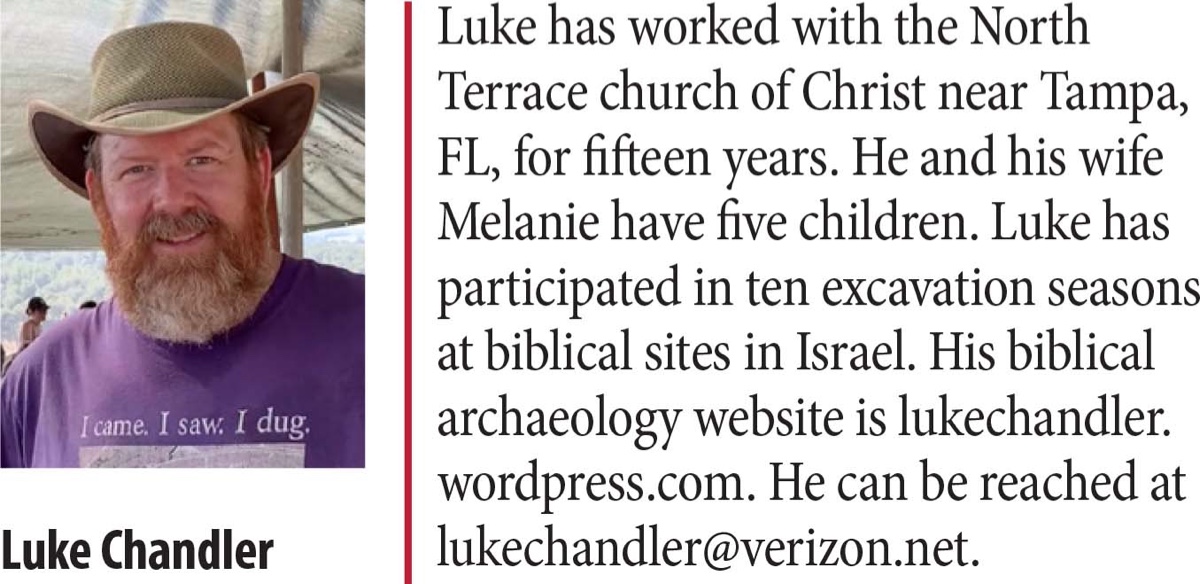
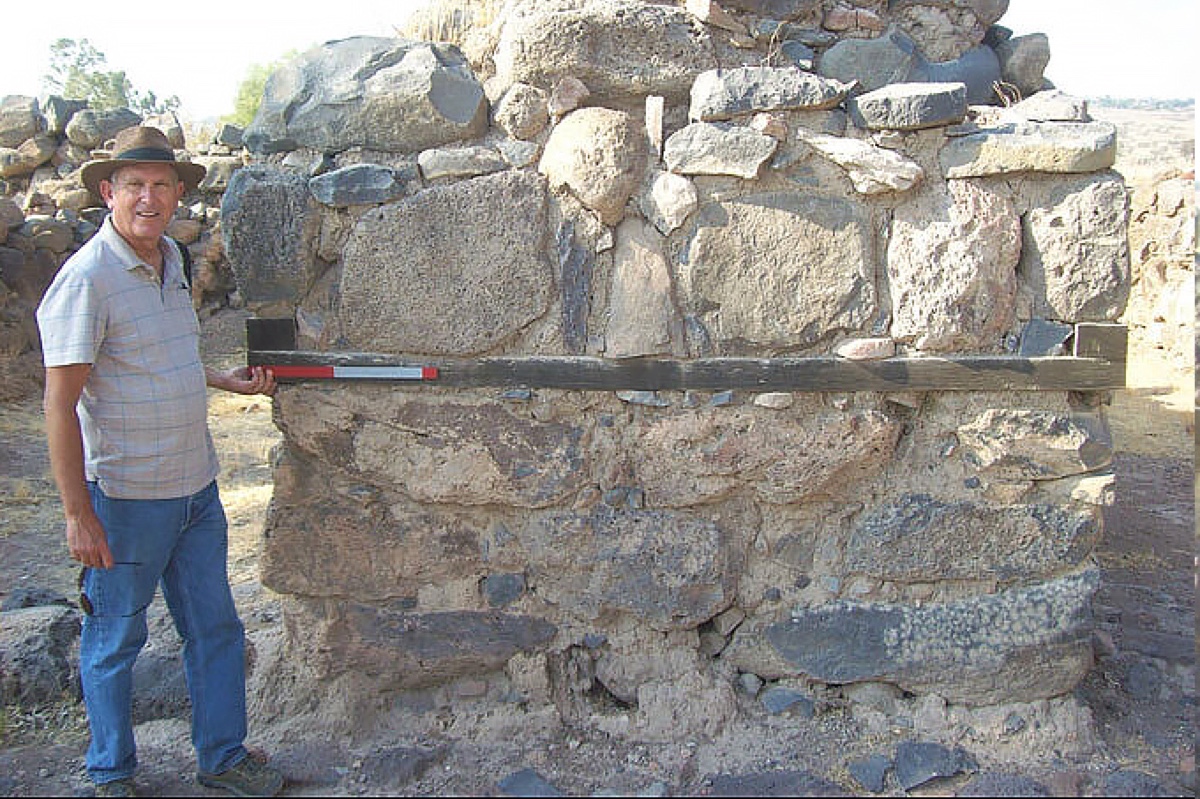
Image-1 Caption: Dr. Jeffery Chadwick with a pier for the 10th century BC gate at et-Tell (Geshur? Bethsaida?) by the Sea of Galilee. The pier’s thickness is 4 cubits and a span. (Photo by Eric Welch).
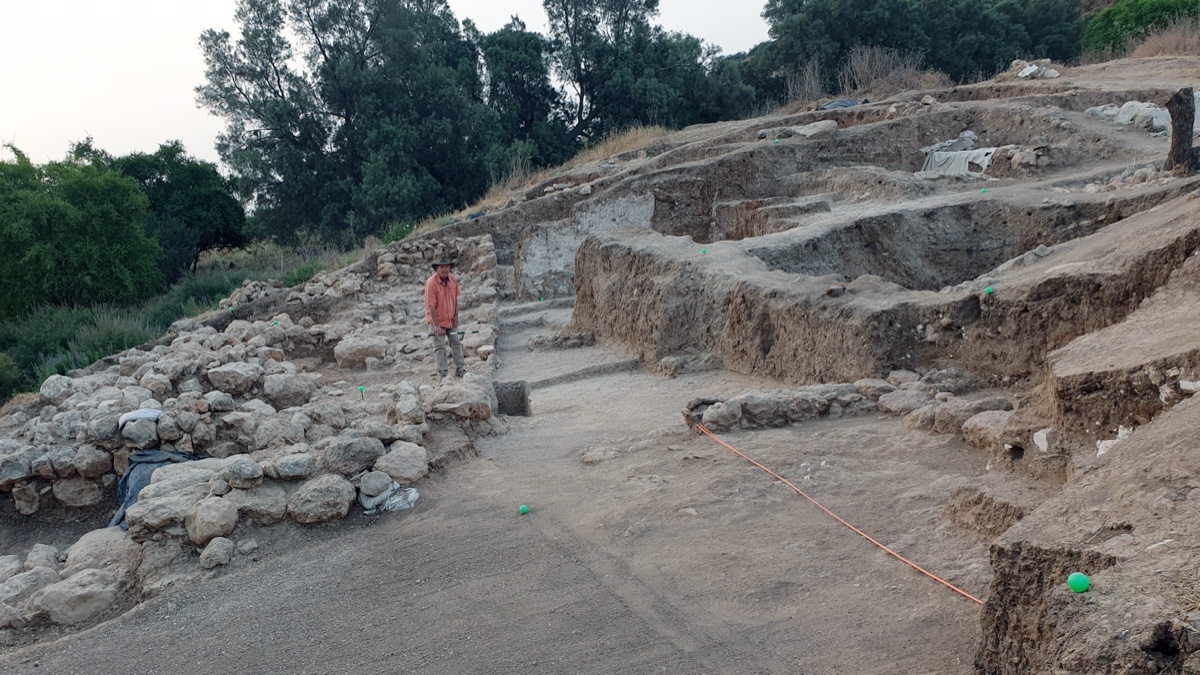
Image-2 Caption: Dr. Jeffery Chadwick standing on the city wall at Gath from the time of David. The wall is exactly 4 cubits and span in width when using the updated 54 cm (21-1/4”) cubit found throughout Canaan (Photo credit: Prof. Aren Maeir, Tell es-Safi/Gath Archaeological Project).
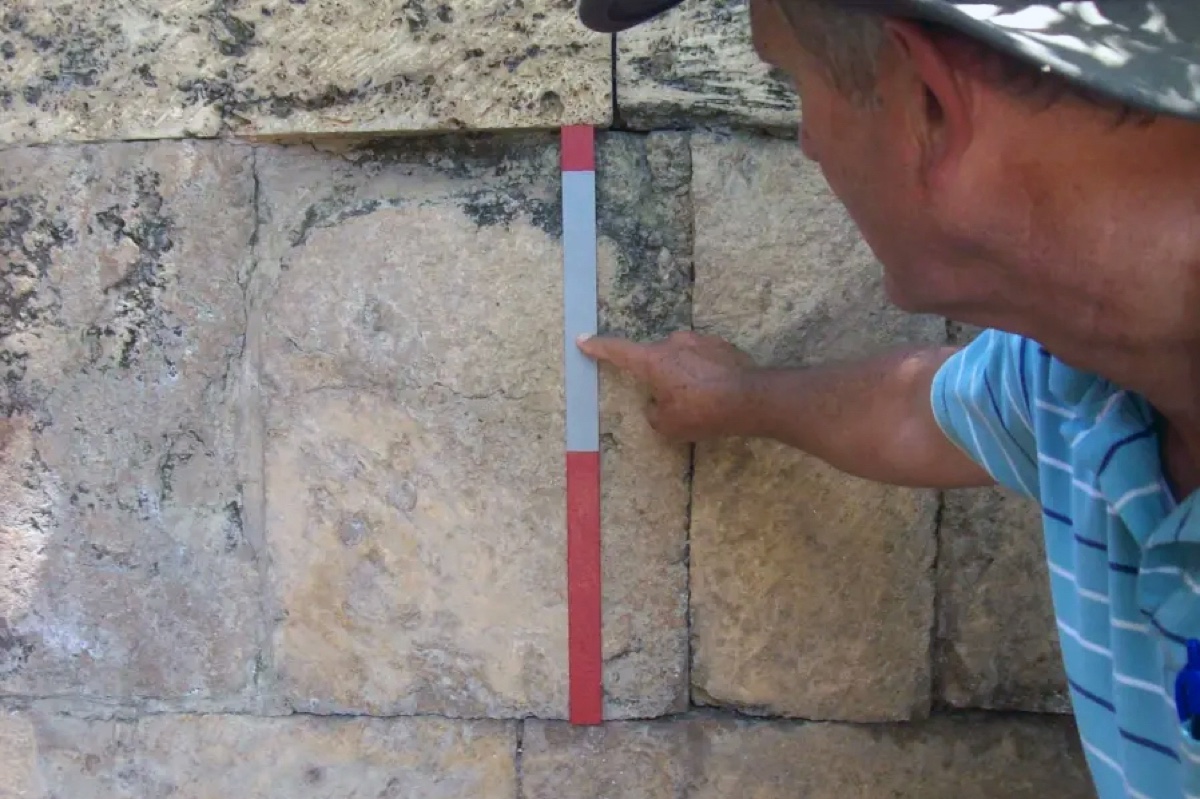
Image-3 Caption: Dr. Jeffrey Chadwick measures a stone block at biblical et-Tell with a 54 cm “cubit” stick (Photo credit: Jeff Chadwick).

